It's May 21st, 1977, the host is Buck Henry and the Musical Guests are Jennifer Warren and Kenny Vance

Here's some stuff that happened in the past
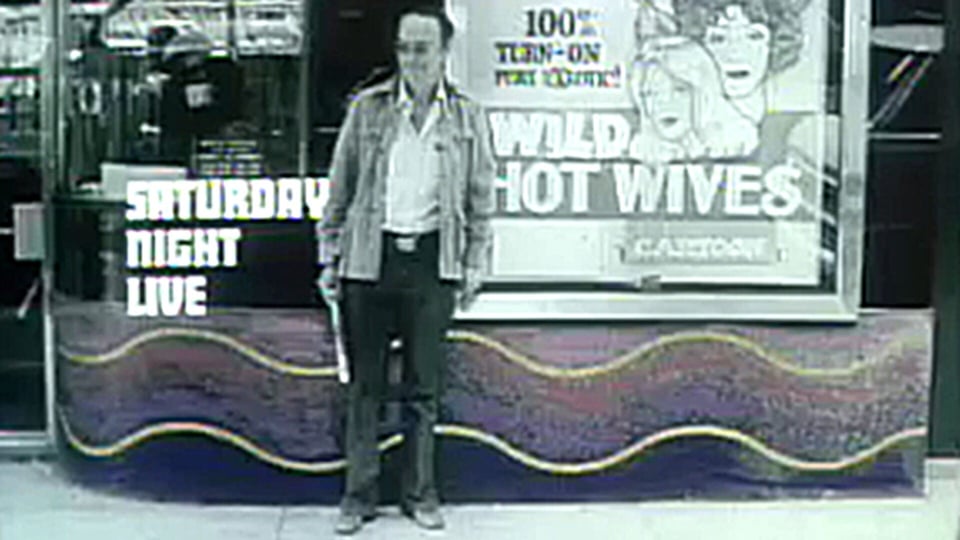
When he became a beloved fixture of Saturday Night Live’s endlessly romanticized early years, Buck Henry was certainly not the most exciting or charismatic performer to host the show. He was also far from its most popular host. Yet he was an ideal host all the same.
That’s because Buck Henry was a brilliant comic mind who co-created Get Smart, was nominated for an Oscar for co-writing The Graduate, and another for co-directing Heaven Can Wait, and had tremendous chemistry with the cast.
But they also dug having Henry because he was an egoless performer who cared only about the show being funny. Henry wasn’t trying to get work as an actor or snag a starring role in a sitcom. His episodes weren’t about making the host look good or serving his ego.
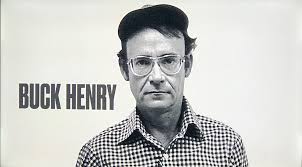
Henry was the Not Ready for Prime Time players’ dirty uncle and someone they loved working with. Let’s just say that Saturday Night Live did not regularly feature him because he delivered boffo ratings or would make the news the way many hosts and musical guests have.
Henry episodes were more for the writers, cast, and crew than for the masses, who might vaguely remember Henry as that short guy with glasses who was in that thing, or maybe it was some other guy.
The comedy legend was fearless physically and artistically. Henry’s forehead infamously ended up at the receiving end of John Beluhi’s Samurai’s blade the last time he hosted. But instead of seeking medical treatment, he worked through the pain. The cast honored his persistence by all sporting bandages in solidarity in the goodbyes.
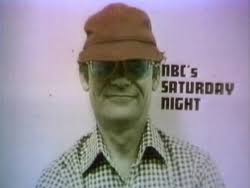
It took more than cranial injury to keep Henry away from 30 Rock for the winningly low-key conclusion to its fabled second season.
The cold open finds Dan Aykroyd’s Jimmy Carter introducing his latest attention-grabbing idea to promote energy efficiency: He will power an entire presentation with the energy produced by riding a stationary bike.
It’s an ill-fated stunt that goes awry when the then-president’s elderly mother takes over on the energy production front, and everything becomes frazzled.
Aykroyd played Carter as an exceedingly intelligent man but also a bit of a honey-dripping slickster more than willing to pour on the charm to seduce the American people. Carter is not remembered that way, but he was a stern, austere figure compared to Ronald Reagan, who would defeat him in the 1980 election.
Then comes Henry’s monologue, where he says that the show promised him complete freedom if he’d host Saturday Night Live again, so he insisted that the show be pornography themed.
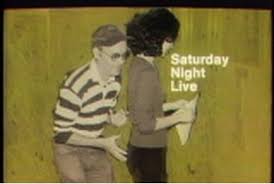
As I have related elsewhere, in Backstage, the definitive account of Saturday Night Live’s early days, Henry is described as having an academic interest in pornography.
This horniness is reflected in a bit where he vows to perform a pornographic act involving large-curd cottage cheese with someone in the audience.
The cottage cheese may or may not be a reference to the infamous line in Marabel Morgan’s pioneering anti-feminist manifesto, The Total Woman, that “(marital) sex is as clean and pure as cottage cheese.”
That might seem like a reach, but the book was still huge and had been fodder for at least one sketch.
Henry scours the audience for someone to do pornography with, but just when it seems like he’ll be getting randy with a sexy, scantily-clad lady, he is instead tackled by a dude who humps him.
Henry might have impeccable comic instincts, but he was not above crawling around in the fetid sewer of gay panic humor.
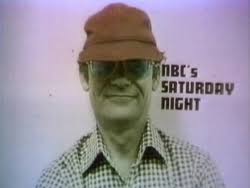
Not only does Henry return after Belushi’s blade wounded him, but he also does a Samurai sketch immediately after his monologue.
Henry has good chemistry with Belushi. His characters all seem on the same wavelength as the Samurai and can understand his unintelligible approximation of Japanese.
This sketch auspiciously casts Henry as an uptight dean and Belushi’s Samurai as a Big Man on Campus. As the kicker, Henry’s dean goes easy on his rowdy pupil once he learns they’re part of the same fraternity. It feels like a warm-up for Belushi’s star-making turn as the scene-stealing wildcard in Animal House: think of him as Samurai Bluto.
I’ve learned to bitterly resent Saturday Night Live’s lazy over-reliance on recurring characters and canned catchphrases. Yet I will be the first to concede that when the Samurai or the Coneheads appear, I experience a Pavlovian shiver of excitement.
In Backstage, the writers talk about how the writing staff’s increased consumption of cocaine was reflected in extremely long, involved sketches that sound mind-blowing when you’re high off your ass on sweet, sweet-nose candy and less impressive when sober.
Aykroyd wasn’t much of a cocaine guy. Alcohol and weed were more his speed, but the Coneheads sketch in this episode feels like the product of cocaine-fueled ambition.
It begins in the Coneheads’ home, with Buck Henry playing a government operative who finds space detritus addressed to them, leading him to believe that they are not, as they claim to be, from France.
This leads the aliens on the spectrum to flee via an extended filmed driving sequence weirdly devoid of jokes and then fly back to their home planet, where Belushi and Garret Morris are in full Conehead make-up and costume.
If the Frat Samurai sketch anticipates Animal House, then this unusually involved, ambitious sketch feels like a dry run for the Coneheads movie, a highlight of my recent trip through the Saturday Night Live movies at my Substack newsletter Nathan Rabin’s Bad Ideas.
Henry’s horniness is later reflected in a “Weekend Update” bit where he gives Jane Curtin an award for Journalist of the Year not because of any genuine admiration for her as a reporter but rather an intense desire to have her sexually.
There was recently a very stupid debate when some random person on Twitter uttered the transparently false and ridiculous notion idea that Saturday Night Live had never had a hot female cast member.
This confidently wrong assertion led seemingly well-meaning folks to sexualize the many women who have worked on the show in the last forty-nine years to illustrate that something obviously wrong is, in fact, not correct.
So you certainly do not need me to wax poetic about the beauty and grace of Jane Curtin, Laraine Newman, and Gilda Radner, who could be the most adorable person in human history.
The final episode of the show’s second season finds the cast, crew, and band in a mellow groove. The musical guests are future soundtrack queen Jennifer Warnes, who performs the mellow hit single “Right Time of the Night,” later covered by a young John Travolta.
The house band gets a rare opportunity to play an entire song when they rip their way through “Departure Lounge” while Kenny Vance performs “The Performer.”
Vance is credited with discovering Steely Dan and would go on to be Saturday Night Live’s musical director during its bleakest season.
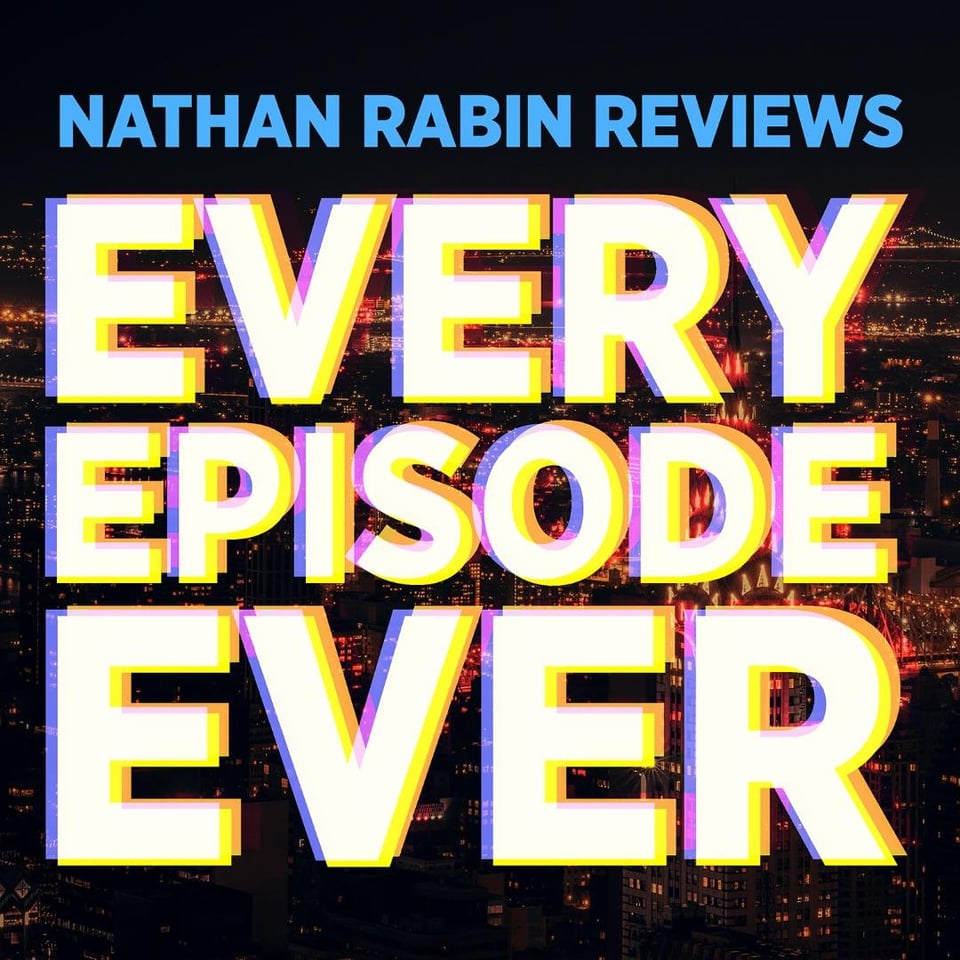
This episode ends with a wonderfully self-indulgent, writerly flourish: Michael O’Donoghue and friends impersonating what it might look and sound like if the Mormon Tabernacle Choir had long nails shoved into their eyeballs.
The second season of Saturday Night Live began strong and ended strong. The episodes in between weren’t too shabby, either! In its early years, Saturday Night Live was a really good show—almost as good as people say it was.
You just read issue #62 of Every Episode Ever. You can also browse the full archives of this newsletter.
Add a comment: